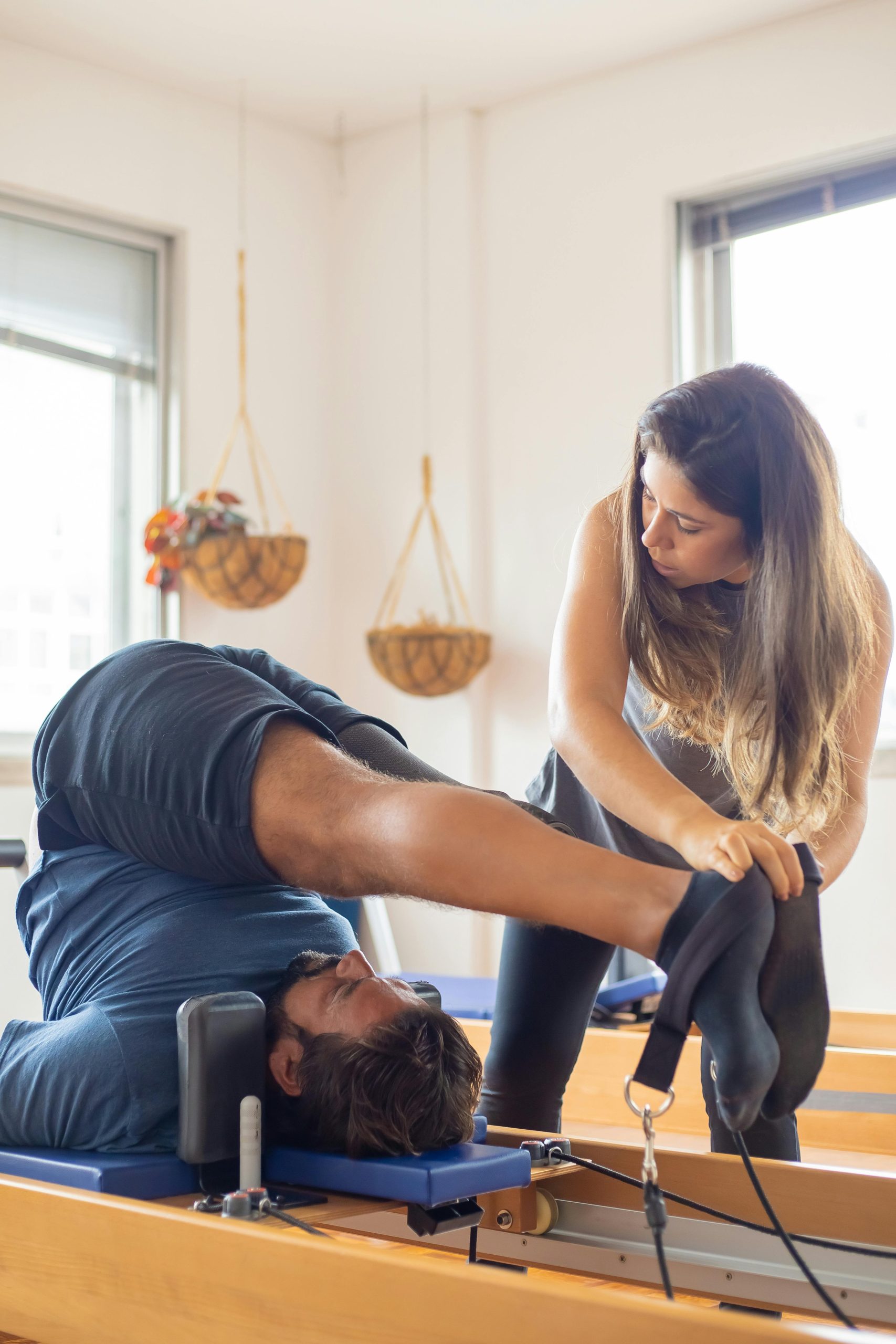When it comes to working out, stretching is often an overlooked yet crucial component of any fitness routine. But should you stretch before or after your workout? The debate has been ongoing for years, with fitness enthusiasts and experts weighing in on the best approach. Understanding the benefits and drawbacks of each can help you optimize your performance, prevent injuries, and enhance recovery. Let’s dive into the science and practical aspects of stretching before versus after exercise.
The Purpose of Stretching in Fitness
Stretching serves multiple purposes in a workout regimen, from improving flexibility to enhancing blood flow. However, not all stretches are created equal, and their effectiveness depends on when and how they’re performed. There are two primary types of stretching:
- Dynamic Stretching: Involves active movements that take muscles through their full range of motion. Examples include leg swings, arm circles, and walking lunges.
- Static Stretching: Involves holding a stretch for an extended period (usually 15-60 seconds). Examples include toe touches and hamstring stretches.
Knowing when to use each type can make a significant difference in your workout results.
Stretching Before a Workout: Pros and Cons
Many people believe stretching before a workout is essential to “warm up” the muscles. While this is partially true, the type of stretching matters.
Pros of Pre-Workout Stretching
- Improved Mobility: Dynamic stretches prepare your joints and muscles for movement, enhancing performance in activities like running or weightlifting.
- Increased Blood Flow: Gentle movements raise your heart rate and circulation, reducing stiffness.
- Mental Preparation: Stretching can help you focus and get into the right mindset for exercise.
Cons of Pre-Workout Stretching
- Static Stretching Risks: Holding static stretches before intense activity may temporarily weaken muscles and reduce power output.
- Overstretching: Pushing too hard before warming up can lead to strains or injuries.
For best results, stick to dynamic stretches before a workout and save static stretches for afterward.
Stretching After a Workout: Pros and Cons
Post-workout stretching is often recommended to aid recovery and flexibility. Here’s why it’s beneficial—and when it might not be.
Pros of Post-Workout Stretching
- Enhanced Flexibility: Muscles are warm and more pliable after exercise, making static stretches more effective.
- Reduced Muscle Soreness: Stretching helps alleviate tightness and may decrease delayed onset muscle soreness (DOMS).
- Relaxation: Stretching promotes relaxation by releasing tension built up during the workout.
Cons of Post-Workout Stretching
- Overstretching Fatigue: Overdoing it when muscles are already fatigued can lead to microtears.
- Time Constraints: Some people skip post-workout stretching due to time, missing out on its benefits.
Focus on gentle static stretches after your workout to maximize recovery without overexertion.
Which Is Better: Before or After?
The answer isn’t black and white—it depends on your goals and the type of workout you’re doing.
- For Performance: Dynamic stretching before exercise is ideal for preparing your body for movement and preventing injury.
- For Recovery: Static stretching after exercise helps maintain flexibility and reduce muscle tightness.
- For Flexibility Goals: Incorporate both dynamic stretches before and static stretches after to improve overall range of motion.
Ultimately, a balanced approach that includes both pre- and post-workout stretching will yield the best results.
Conclusion
Stretching plays a vital role in any fitness routine, but timing and technique are key. Dynamic stretches before a workout prepare your body for action, while static stretches afterward aid in recovery and flexibility. By understanding the differences and applying them strategically, you can enhance performance, reduce injury risk, and achieve your fitness goals more effectively. Whether you’re a beginner or an athlete, incorporating both types of stretching will help you get the most out of every workout.
